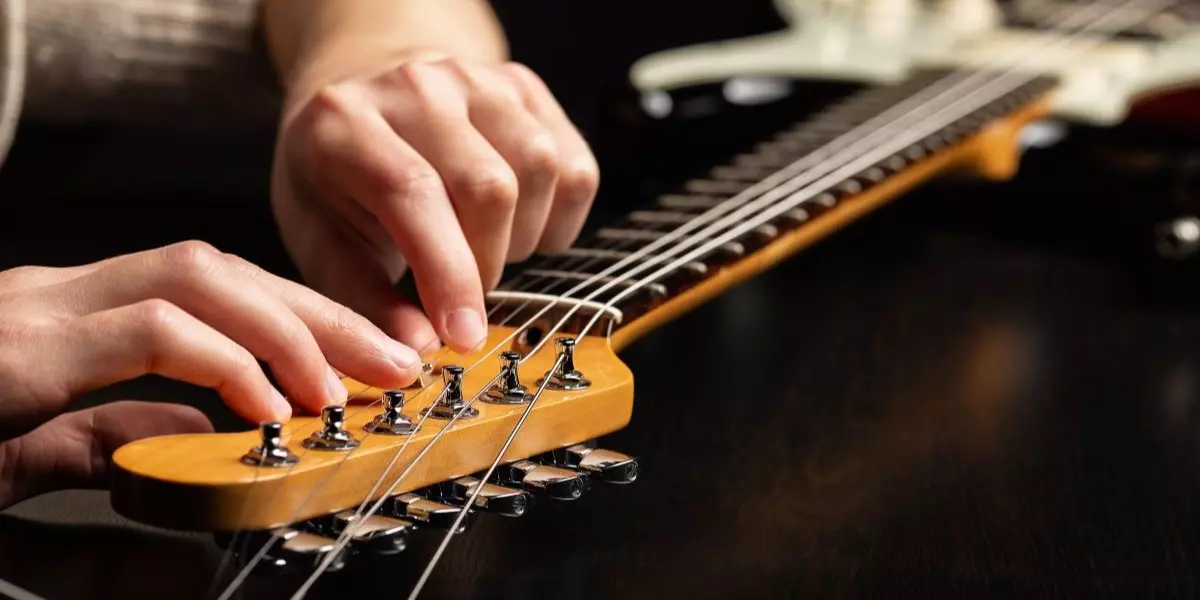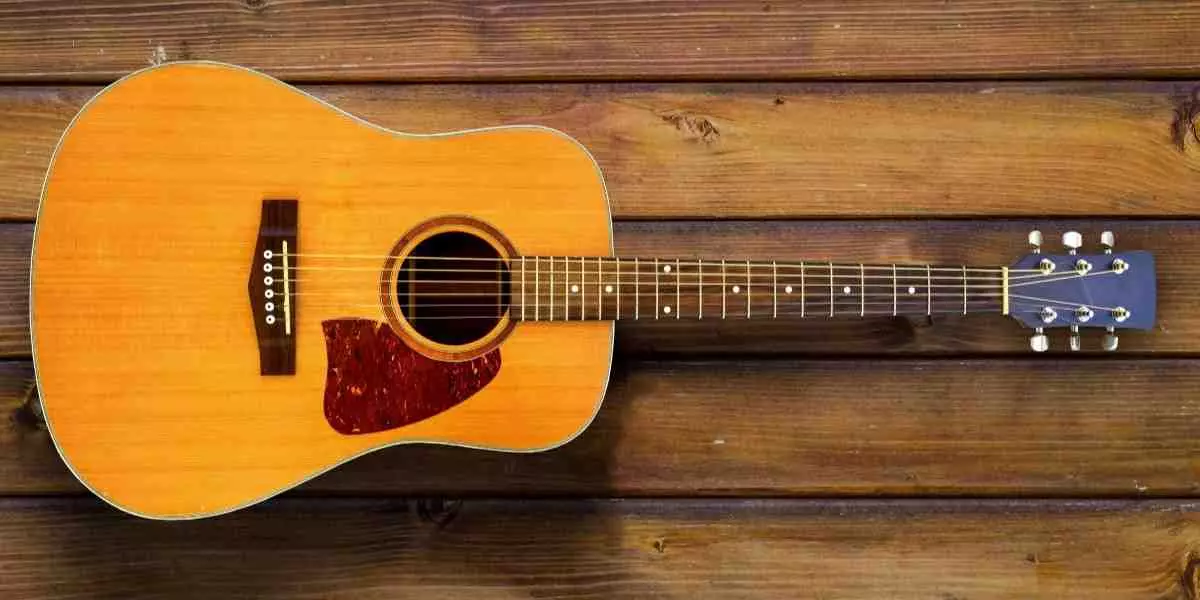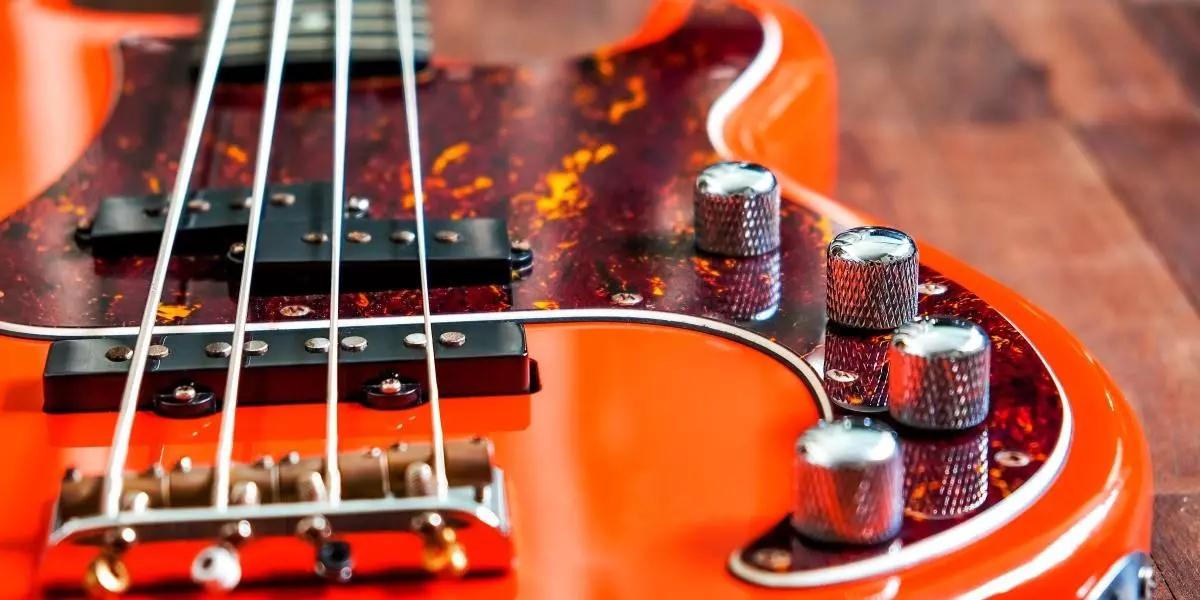All About Strings

The strings on your guitar, bass, or other stringed instrument are a key component of your guitar’s sound. There is a lot of misinformation on how to choose strings, how often they need to be changed, or even how to change them. In this article, I’ll explain the basics of string choice and maintenance, as well as explain some of the common myths surrounding them.
String basics!
Strings can be categorized as follows: electric guitar/bass, acoustic guitar/bass strings, and strings for other fretted instruments (ukulele, mandolin, banjo, etc). Most strings are not interchangeable; for example, acoustic nylon strings cannot be put on an acoustic designed for steel strings, and vice versa. Strings are also grouped by gauge, or thickness, measured typically in thousandths of inches (e.g. .009” to .042”.) The thicker the gauge, the more tense the string. Strings are made of many materials, from sheep intestines, to bronze, nickel-plated steel, nylon, and more recently, cobalt. Different materials exhibit different tensions and tones. This is a good segue into our first question...
What strings are right for me?
It’s important to note that there are no “right” or “wrong” strings, unless we’re talking about putting acoustic strings on an electric guitar. The first thing you want to do is match gauges. Acoustic guitars, for example, are typically strung with 12-54 gauge strings, so matching that is a good starting point. If you are someone who strums heavily or uses alternate (lower) tunings, then thicker gauge strings are usually a good choice. For someone who may have trouble fretting the strings (say, a beginner), then lighter gauge strings are a good option. Most guitar manufacturers list the gauge of string used on their guitars, so have a look online to see what yours uses. You should also think about your guitar's setup when choosing strings, as changing gauges or tunings requires a setup. More on setups later.
How often do I change the strings?
There are differing opinions on how often to change strings, but the general rule is once a month, and sooner if you play a lot. For bass players, the rules are different: you can actually leave them on longer, as many players prefer the sound of broken-in strings (fun fact: famed bassist James Jamerson never changed the strings on his 1962 P-Bass). The truth is that strings start to go dead almost as soon as you take them out of their packaging, and strings oxidize even if you’re not playing the guitar. In order to keep your guitar sounding its best, you should get into the habit of changing your strings regularly.
Is there anything I can do to extend string life?
Yes, but none of these methods should replace regular string changes. You can obtain string cleaner to clean your strings, but you are delaying the inevitability of changing your strings. It’s good to keep a cloth and a small bottle of string conditioner in your gig bag to use in between gigs. It’s even better to give your strings a quick wipe after playing a set; it's a great habit to practice. But if you’re considering extending your string life with just a string cleaner, consider that it may just be time to change your strings.
Now, some myths about strings:
Boiling strings
This topic comes up more for bass players than guitar players, but this method involves taking your current strings, soaking them in boiling water, and then letting them air dry. This is a dubious method for a couple of reasons: 1. reusing strings is generally not recommended, as they have been stretched out already and likely can’t wind the same way, and 2) the heat of the boiling water can actually weaken the strings, making them more likely to break after re-stringing.
Changing strings is hard
Actually, this is one of the easiest things you can do for your guitar, besides keeping it in tune. There are thousands of videos on Youtube on string changing that are easy to find, and if you're finding it difficult, the guitar folks at Long & McQuade will happily do it for you or better yet, show you how. In order to give yourself more time devoted to your guitar or bass, this skill is worth learning and can actually save you some time and money!
Can I get a set-up without changing strings?
This question comes up a lot, and the short answer is no. The idea behind a setup is to get your instrument to factory spec, as if it has just come from the shop brand new. You can’t do that with strings that are already on the guitar, because it won’t play at its best with old strings and new adjustments; it’s like getting an oil change, but using the same oil that you’ve been driving around with for the past 5000 km. You can change your strings without getting a setup, but you can’t get a setup without changing your strings.
Strings can be confusing as there are lots of brands out there, but once you get the hang of it, it becomes second nature. Try as many strings as you can and make an informed decision for yourself; just as the pros have their strings of choice, so should you. String theory isn’t just about the laws of physics; it’s also about making your guitar play its best all the time. Go forth and play on!
* * *
Omar Findlay is a local Toronto musician and audio engineer, regularly playing bass and keyboard in two Toronto bands (Thunderfunk and Iman & The Wasted Lalas). When he isn’t playing music, he also hosts a brand new podcast called Omar’s Odyssey, and works at Long & McQuade in Toronto.






